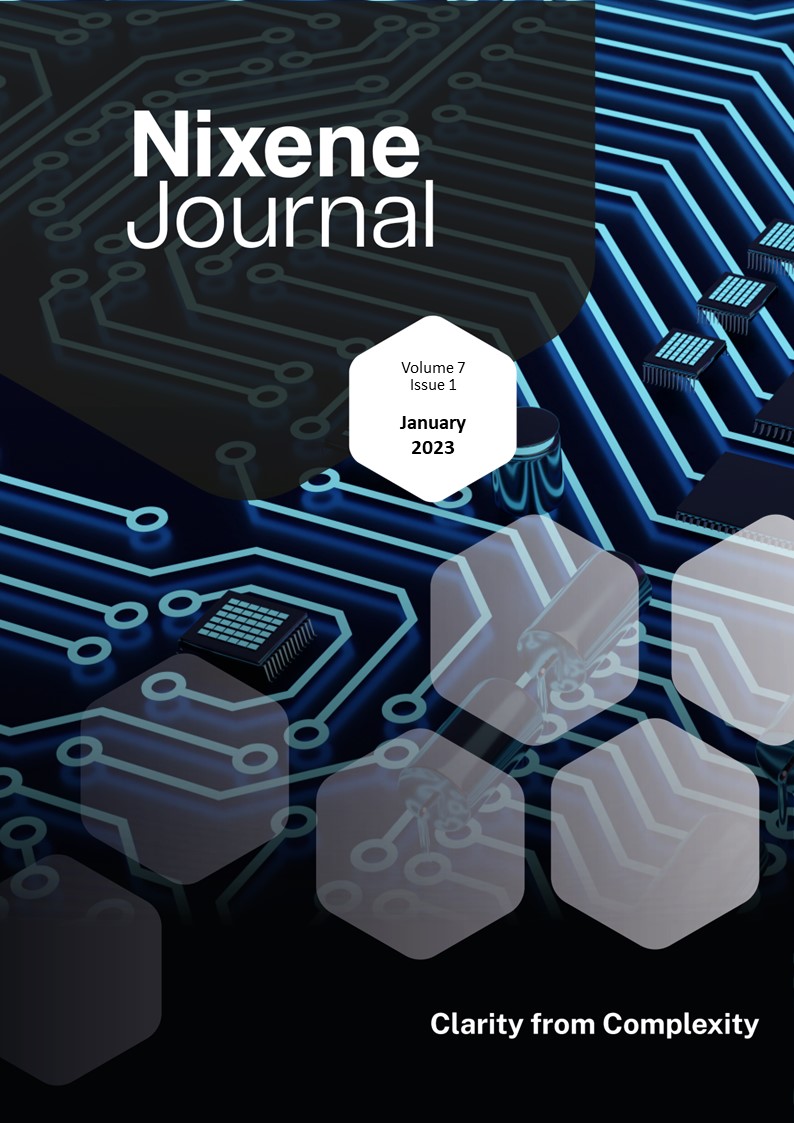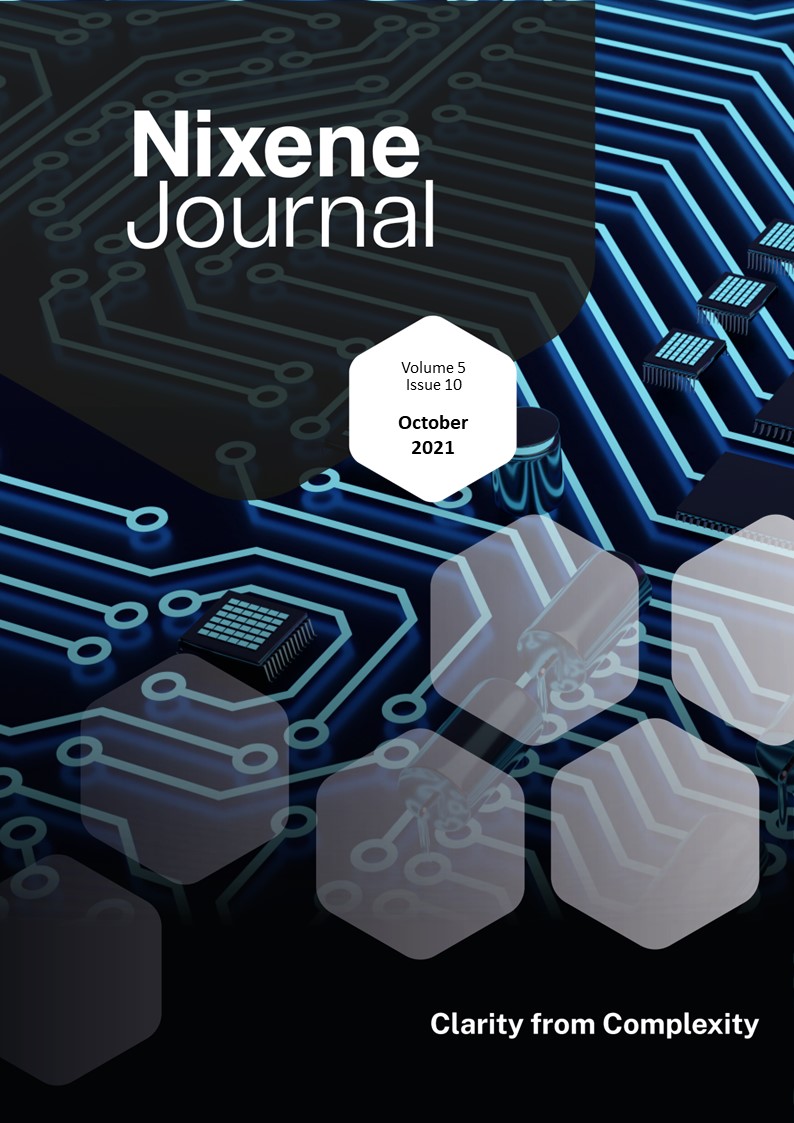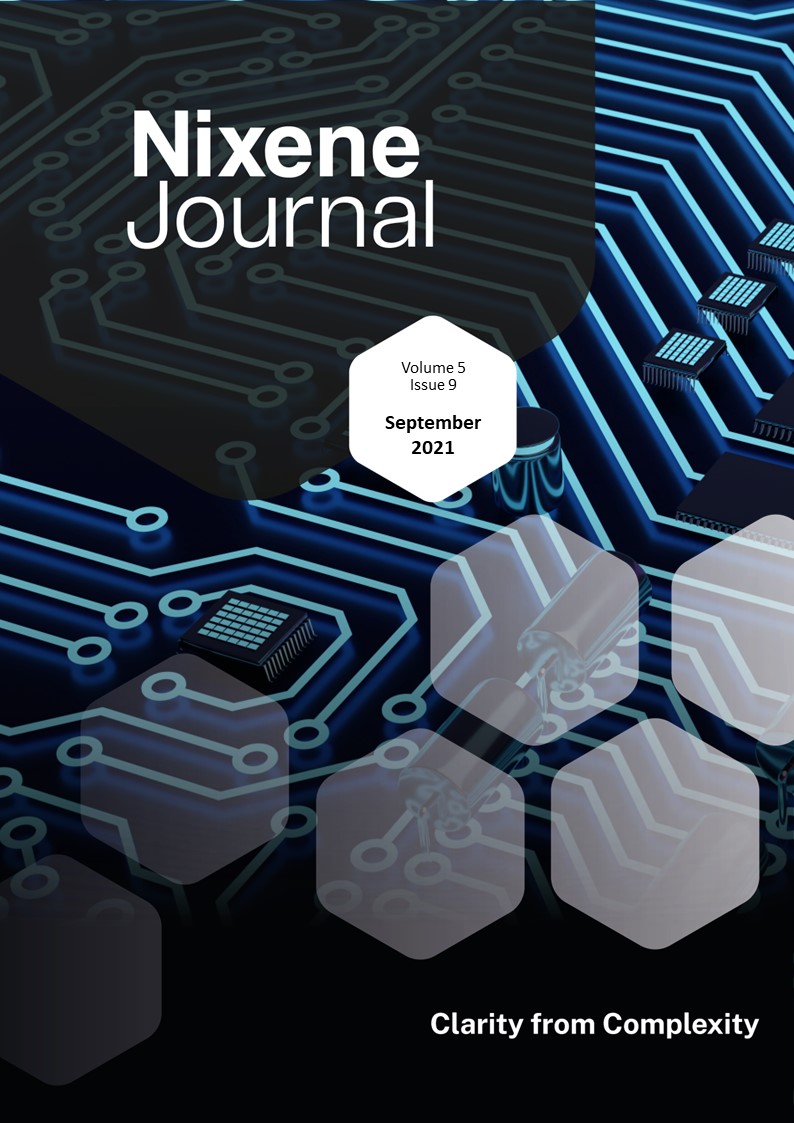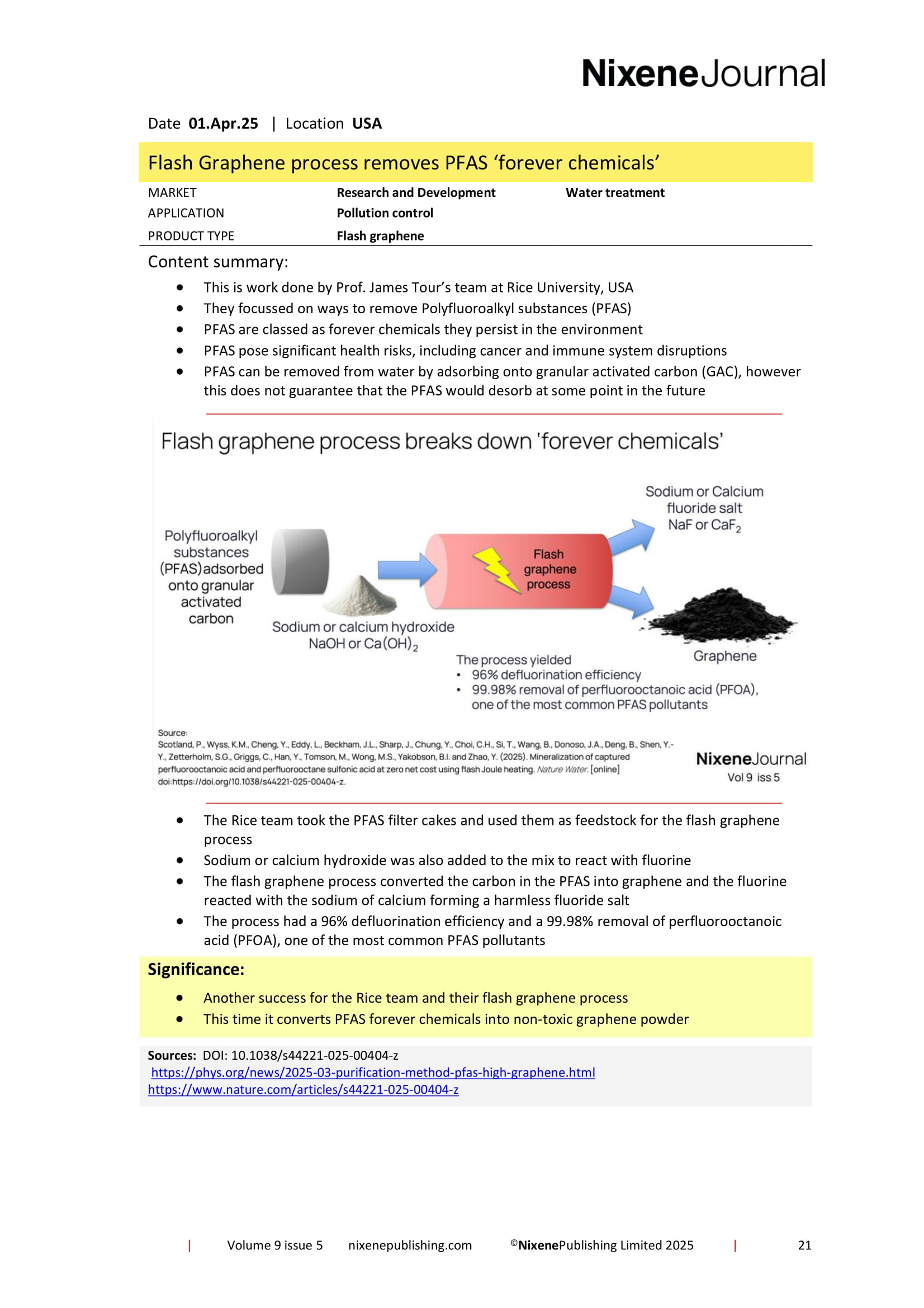Journals
This product is relevant to the following:
Material:
Other:
, ,Locations:
Markets:
Applications:
Product Types:
Technologies:
Related products
-

Vol 7 Issue 1
Batteries feature several times in this issue of the journal. Dear Reader, you will know that energy density is the key performance metric we watch. The higher the energy density (Wh/kg) the further you can travel on a battery charge. Current lithium-ion (Li-ion) batteries have an energy density around 260Wh/kg. We have highlighted the work of a company developing lithium-sulphur technology (Li-S) vol 5 iss 12 p.35. They have claimed energy densities over three times that of current Li-ion batteries using graphene enhanced cell designs. You will probably guess that we have been following this company and contacted them multiple times. We have yet to see data to back up these extraordinary claims. It was with interest that we found an online discussion between battery experts, the consensus view is that Li-S technology can create higher energy densities than Li-ion. However, this comes at a cost of reduced battery life. Perhaps this is the reason we have yet to see data backing up the claims for Li-S technology. Then NASA announced they have been working on a new graphene enhanced battery technology. The graphene is used as the structure for a sulphur/selenium cathode and is based on holey graphene that NASA developed in 2017. A solid-state electrolyte separates the anode from a lithium metal anode. The interim results are promising. They have achieved an energy density of 500Wh/kg. The battery seems to be safer too. It resists impact damage and has a maximum operating temperature of 150°C. NASA anticipates this solid-state battery will start to become available within three to five years. Elsewhere in this issue we report on developments as diverse as graphene enhanced condoms in India to graphene enhanced polymers launched on a SpaceX rocket bound for the moon. There is so much more in between these two very different applications, I encourage you to read on… Adrian Nixon 1st January 2023£45.00 View product -

Vol 6 Issue 2
A graphene toaster was demonstrated for the first time at the consumer electronics show in Las Vegas by Korean company Graphene Square. This may not sound like a world changing invention, but it is something worth paying attention to because this is a rare application for chemical vapour deposition (CVD) graphene in a consumer electronics device. Until now, CVD graphene has been used in very small pieces in sensors. This toaster has a piece of CVD graphene on the top and bottom glass panels making a transparent infrared grill. The graphene is made at a scale of 200mm x 150mm and this tells us a that the company has a viable CVD roll to roll process. The process can make graphene at this scale and also provides the capability to separate the graphene from the forming substrate to other surfaces, in this case glass. The next step is to do this commercially. Graphene Square admits this is still at least a year away. This is still impressive progress and tells us that the industrial manufacture of CVD graphene is developing quickly. CVD graphene is also in the news this month. British company Paragraf announced through Queen Mary University, London, that they can create graphene at wafer scale, and this could be a replacement for indium tin oxide (ITO). This was picked up by technology blogs around the world, and graphene manufacturer Versarien felt obliged to disclose it is working on a similar project with a graphene manufacturer in Korea. These announcements about CVD graphene touchscreens sound impressive. However, as far as we can tell from the current state of the art, the economic and technical cases are not sufficiently proven to convince us we will see this technology in the immediate future. The term ‘bottom-up graphene’ used to refer to CVD graphene assembled atom by atom. Graphene powder manufacturing has been evolving rapidly over the last few years and can now be made by atomic assembly methods too. We have summarised the various methods in our special feature. We also look at the implications for competitive activity, as these new manufacturing methods meet the new market dynamics driving the sustainability agenda. While we cannot state which individual companies will achieve success, we can make some predictions about the characteristics successful graphene powder manufacturers will need to have. We hope you agree this makes for fascinating reading along with the rest of the compelling content this issue. Adrian Nixon, 1st February 2022£45.00 View product -

Vol 5 Issue 10
This month, five years ago, we created the first issue of this journal. Since then, we have created a fresh issue every month. Each has unique content. The pace of change in the world of graphene and 2D materials has not let up, if anything the pace is accelerating. This month, graphene nanoplate powders have been used in more commercial applications. Graphene enhanced concrete continues to make the news. Nationwide Engineering and the GEIC have been busy. The foundations for a significant residential development in the UK have been laid with Concretene. A parking bay next to the GEIC building in Manchester UK has also been laid and is the first external structure laid with graphene enhanced concrete and no reinforcing material. Clear story headlines are emerging about graphene enhanced concrete; Concretene • 30% reduction in CO2 emissions • 20% reduction in overall costs Graphene powders have been used to make heat spreaders for electronics. A high-end gaming smart phone and fast access SSD device has appeared on the market this month. Normal heat spreaders are too big for compact device designs, and this is where graphene has a unique advantage because it can create thin and thermally conducting components. Still with graphene nanoplate, a team in Australia has made a pressure sensor for shoe soles. The graphene creates an electrical signal from the pressure created by the wearer. This transmits a signal to a cloud-based AI that analyses the patterns in the data and can warn of conditions such as dementia and diabetes. This being our 5th Anniversary edition we have two special features on CVD graphene. The first examines the state of the art of CVD graphene manufacturing and explores the production cost trend. And finally, we have another special feature (p.9). We normally analyse research papers and condense them down to one page. This time we have created an academic quality paper that shows where CVD graphene manufacturing could be headed. We make the case for multi-layer large-area single crystal graphene. Current thinking is that this material is just graphite. We propose that this material is something entirely new and could even be the foundation for a whole new industrial revolution. Adrian Nixon, 1st October 2021£45.00 View product -

Vol 5 Issue 9
At the time of writing the Paralympic games are still in progress in Tokyo. The able-bodied Olympic games in Tokyo has ended and details of the technology behind some of the medal winning performances has leaked out. Graphene has been playing a role in these games. The gold medal for archery was won by Korea with their athlete using graphene from Standard Graphene to enhance the polymer composite bow. The Women’s cycling produced two gold medals for the Netherlands with the winner using Directa Plus graphene ink in the clothing to maintain optimum heating. Haydale worked with the British team to create a similar wearable technology with its graphene inks for British medal winners. The technology is secret at the moment but we can expect a trickle-down effect to spread graphene further out into the sports market. We have three special features this month. Our Women in Graphene series continues. Debbie an interviewed Akanksha Urade, from India. We noticed Akanksha’s work on our social media feeds, she has a gift for explaining complex subjects in a clear and concise way that shows she really understands the science. This matches our ABC approach (p.6) and we respect her talents, well worth a read. Debbie also interviewed Dr. Chris Griggs of the US Army ERDC. They have been excited about the potential for graphene for some time now and are actively exploring several avenues of development. They are working with Universal Matter who are developing the flash graphene process from Prof James Tour’s lab at Rice University. They also have a strong interest in the removal of toxins from wastewater and they have an increasing interest in graphene and infrastructure applications, particularly with concrete and asphalt. I interviewed the leadership team behind the world’s first application of unreinforced graphene enhanced concrete. The GEIC and Nationwide Engineering have made a quantum leap in the application of this technology that they call Concretene. Concrete can not only be made stronger, so less is used, but graphene also helps the concrete achieve its final strength much faster than anyone expected. We suspect there are more benefits waiting to be discovered from these trials. There is so much more happening in the world of graphene and 2D materials this month. I have run out of space to summarise here so I’ll encourage you to dive into this packed issue and explore further. Adrian Nixon, 1st September 2021£45.00 View product



